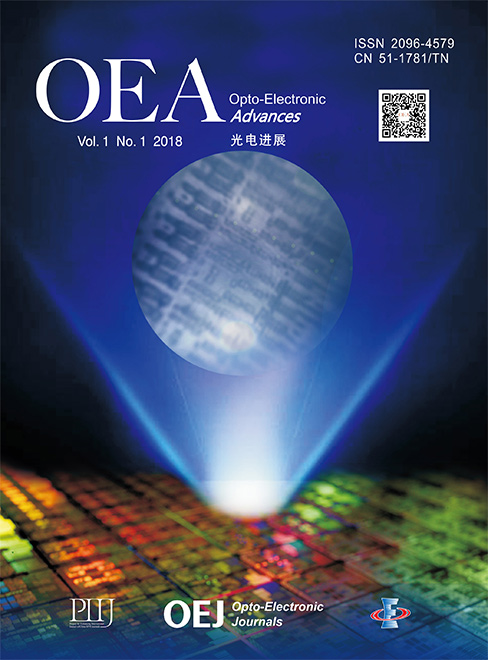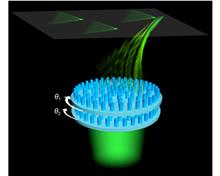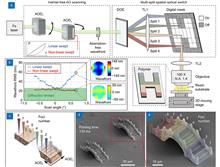 View fulltext
View fulltext
Optical neural networks have significant advantages in terms of power consumption, parallelism, and high computing speed, which has intrigued extensive attention in both academic and engineering communities. It has been considered as one of the powerful tools in promoting the fields of imaging processing and object recognition. However, the existing optical system architecture cannot be reconstructed to the realization of multi-functional artificial intelligence systems simultaneously. To push the development of this issue, we propose the pluggable diffractive neural networks (P-DNN), a general paradigm resorting to the cascaded metasurfaces, which can be applied to recognize various tasks by switching internal plug-ins. As the proof-of-principle, the recognition functions of six types of handwritten digits and six types of fashions are numerical simulated and experimental demonstrated at near-infrared regimes. Encouragingly, the proposed paradigm not only improves the flexibility of the optical neural networks but paves the new route for achieving high-speed, low-power and versatile artificial intelligence systems.
The results presented here show for the first time the experimental demonstration of the fabrication of lossy mode resonance (LMR) devices based on perovskite coatings deposited on planar waveguides. Perovskite thin films have been obtained by means of the spin coating technique and their presence was confirmed by ellipsometry, scanning electron microscopy, and X-ray diffraction testing. The LMRs can be generated in a wide wavelength range and the experimental results agree with the theoretical simulations. Overall, this study highlights the potential of perovskite thin films for the development of novel LMR-based devices that can be used for environmental monitoring, industrial sensing, and gas detection, among other applications.
Tunable Airy beams with controllable propagation trajectories have sparked interest in various fields, such as optical manipulation and laser fabrication. Existing research approaches encounter challenges related to insufficient compactness and integration feasibility, or they require enhanced tunability to enable real-time dynamic manipulation of the propagation trajectory. In this work, we present a novel method that utilizes a dual metasurface system to surpass these limitations, significantly enhancing the practical potential of the Airy beam. Our approach involves encoding a cubic phase profile and two off-axis Fresnel lens phase profiles across the two metasurfaces. The validity of the proposed strategy has been confirmed through simulation and experimental results. The proposed meta-device addresses the existing limitations and lays the foundation for broadening the applicability of Airy beams across diverse domains, encompassing light-sheet microscopy, laser fabrication, optical tweezers, etc.
An electron vortex beam (EVB) carrying orbital angular momentum (OAM) plays a key role in a series of fundamental scientific researches, such as chiral energy-loss spectroscopy and magnetic dichroism spectroscopy. So far, almost all the experimentally created EVBs manifest isotropic doughnut intensity patterns. Here, based on the correlation between local divergence angle of electron beam and phase gradient along azimuthal direction, we show that free electrons can be tailored to EVBs with customizable intensity patterns independent of the carried OAM. As proof-of-concept, by using computer generated hologram and designing phase masks to shape the incident free electrons in the transmission electron microscope, three structured EVBs carrying identical OAM are tailored to exhibit completely different intensity patterns. Furthermore, through the modal decomposition, we quantitatively investigate their OAM spectral distributions and reveal that structured EVBs present a superposition of a series of different eigenstates induced by the locally varied geometries. These results not only generalize the concept of EVB, but also demonstrate an extra highly controllable degree of freedom for electron beam manipulation in addition to OAM.
Acousto-optic scanning and spatial switching methods have revolutionized printing rate improvements for multi-photon lithography.













